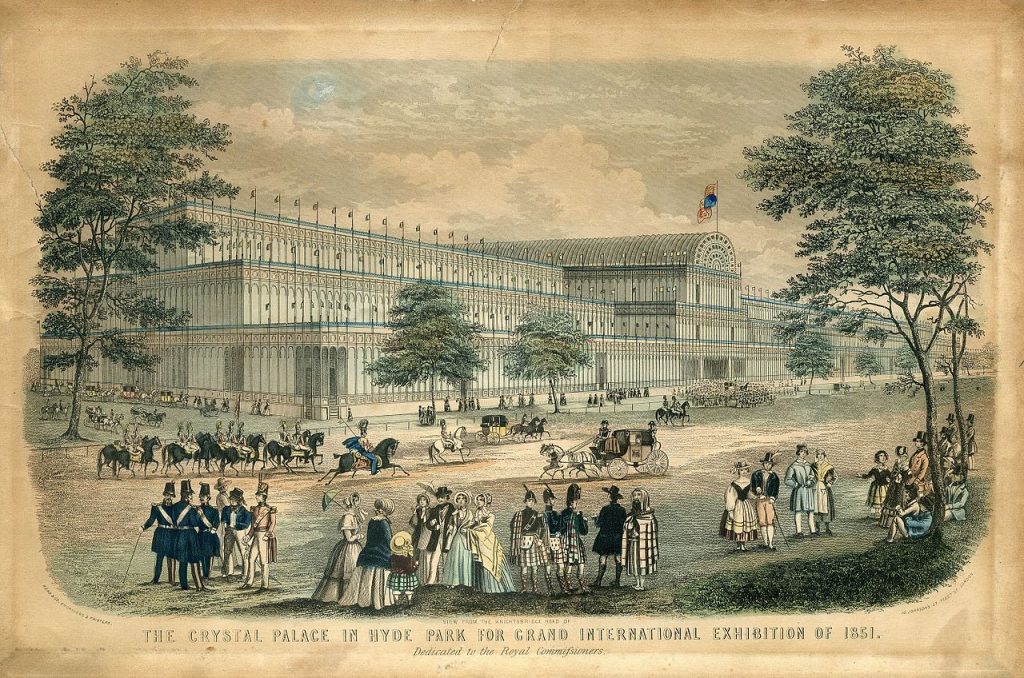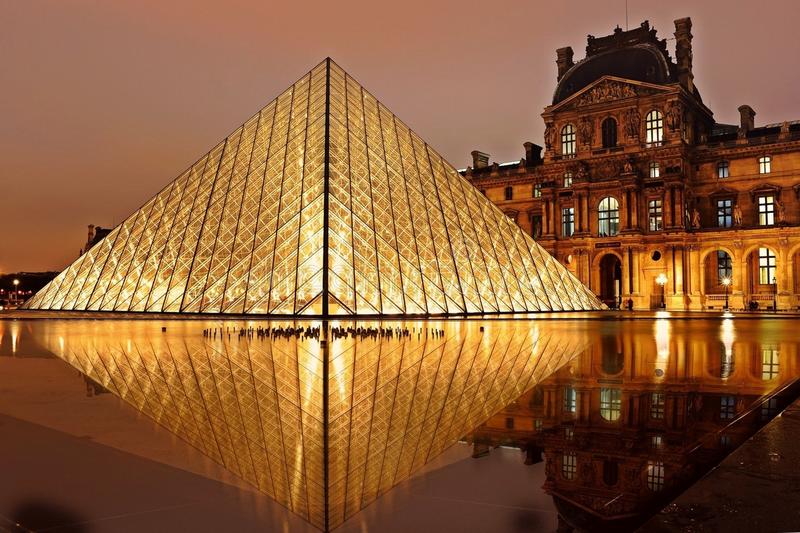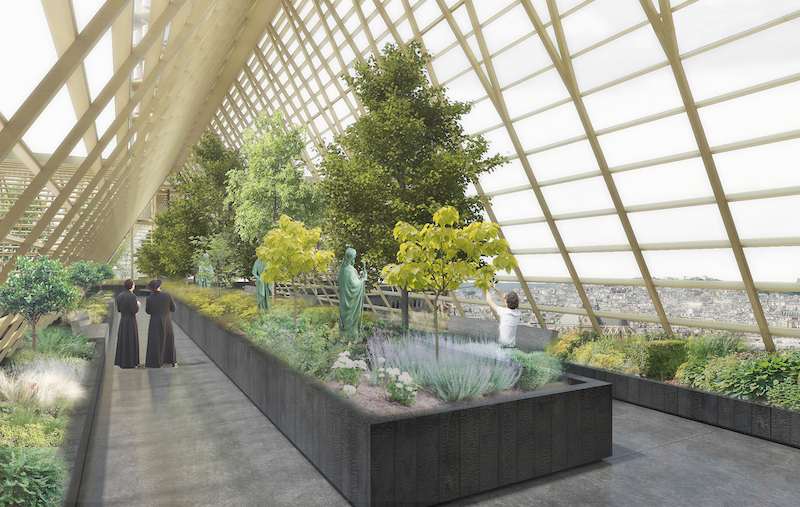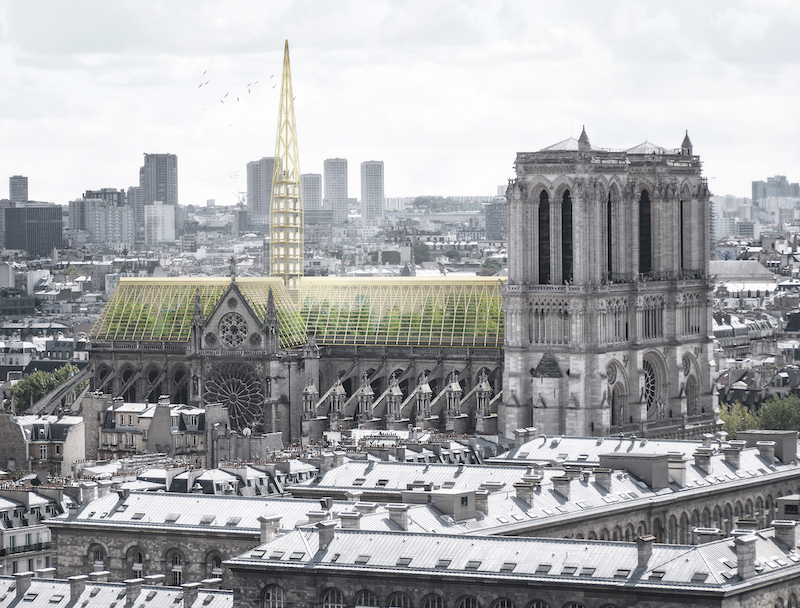Glasshouses have long been pivotal to advances in architectural engineering, marrying old traditions with the new technological advances. For example, The Palm House, the centerpiece of the Royal Botanical Garden, Kew, opened in 1848 as a repository of the world’s plant diversity flooding in from all corners of the Empire and beyond. In 1851, Queen Victoria opened Crystal Palace in central London’s Hyde Park, a monumental glasshouse that was the setting for The Grand International Exhibition, the first world’s fair designed to showcase Britain’s economic wealth and advances made by the industrial revolution.

So what, you might ask, does I.M. Pei, a Chinese architect of international standing, who died this month at 102 years old, have to do with conservatories and glasshouses? Pei was an avowed modernist, renowned for the geometrical precision of his buildings and his liberal, often innovative use of glass, attributes that he combined to perfection in his design of the Louvre Pyramid. It was at its opening, a controversial, forward-looking building married to one of the most sacred precincts in Paris, the 800-year-old palace complex that we know today as the Musée du Louvre, itself a monument that has become as recognizable as the Eiffel Tower — and the cathedral of Notre Dame, which was partially destroyed by fire earlier this month.

Now what, you might be justified in wondering, has this to do with conservatories? The French government, vowing to restore what is unquestionably one of the finest Gothic cathedrals in the world, has opened an international architectural competition inviting designs for a replacement roof and spire that are “suited to the techniques and challenges of our times.” That’s a pretty broad brief, and mission accomplished is designated to be five years hence. While Crystal Palace may have been built in one year, (also after a closely run competition that Joseph Paxton won, over Richard Turner, who had built The Palm House, and much to his chagrin), with Notre Dame consideration and time must be given to evaluate not just what ‘sort’ of restoration should be undertaken but also the techniques to be used and challenges to be met. There have been a number of speedily developed proposals, many from “starchitects” looking to attach their names to a project for the ages, but some – me included — think that Studio NAB’s proposal answers these questions, and also engages with the city-wide program, Végétalisons la Ville, “placing nature in the city” by encouraging Parisians to green their local environment, from the smallest of public spaces, to rooftops and windowsills, through a system of permits and other supports.
Studio NAB’S founder Nicolas Abdelkader believes that architecture is about “who we are and what we wish to become”, and in that light Studio NAB’s proposal is humanist in purpose, reflecting on the fact that since the 12th century people have devoted their lives to building and sustaining Notre Dame’s structure, and recognizing that what is done to it now must engage the public in a similar fashion.


So Studio NAB, in their self-described “altruistic” proposal, offers an image of a greenhouse in the sky, a conservatory cum cloister that follows the original outlines of the now-vanished ancient roof, but which uses reclaimed wood from its beams to create raised beds, planters, and benches. Gold-colored metal frames hold the glass panels like a jeweled crown, and at the place where the steeple once stood, a new one takes its place, but replacing the bells with an apiary for Notre Dame’s renowned beehives, giving a new home to the bee colony that occupied the tower but managed to escape the flames. This one feature appeals most pertinently to the Prime Minister’s wish for a design that speaks to the issues of our times. In French, the word flèche or arrow, is used to describe a steeple that is erected above the crossing point of nave and transept. Maybe it is too fanciful to think of an apiary flèche as pointing the way to an enduring future.
©Ethne Clarke, 2019
To learn about Studio NAB’s work and their design philosophy, go to their website at https://www.studionab.fr
For more information about I.M. Pei and his design for the Louvre Pyramid, visit https://www.archdaily.com/801667/im-peis-le-grande-louvre-wins-aia-25-year-awar
The greening program for the city of Paris extends throughout French cities and information about the programs is available, in French, at https://www.paris.fr/vegetalisonslaville










